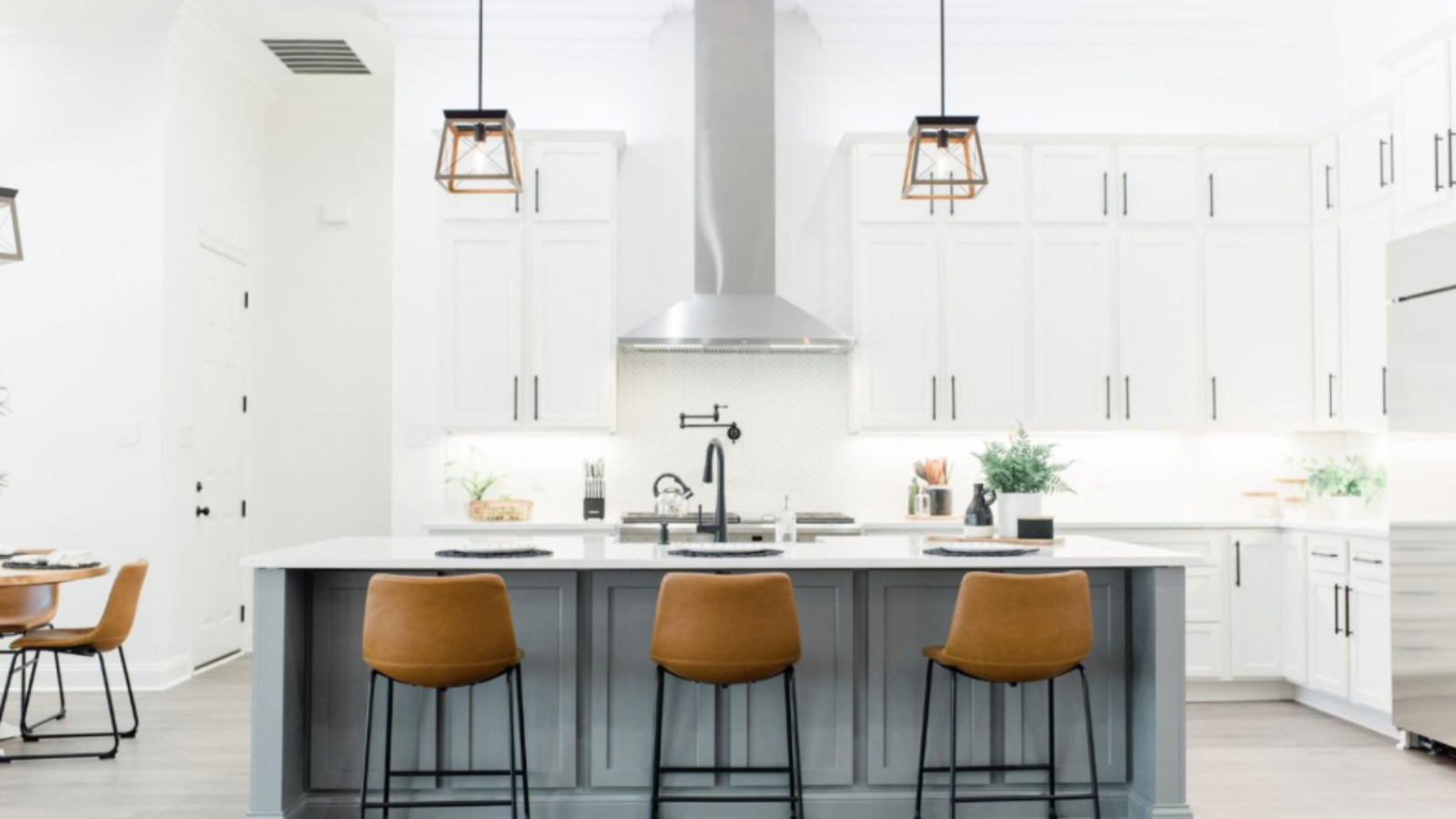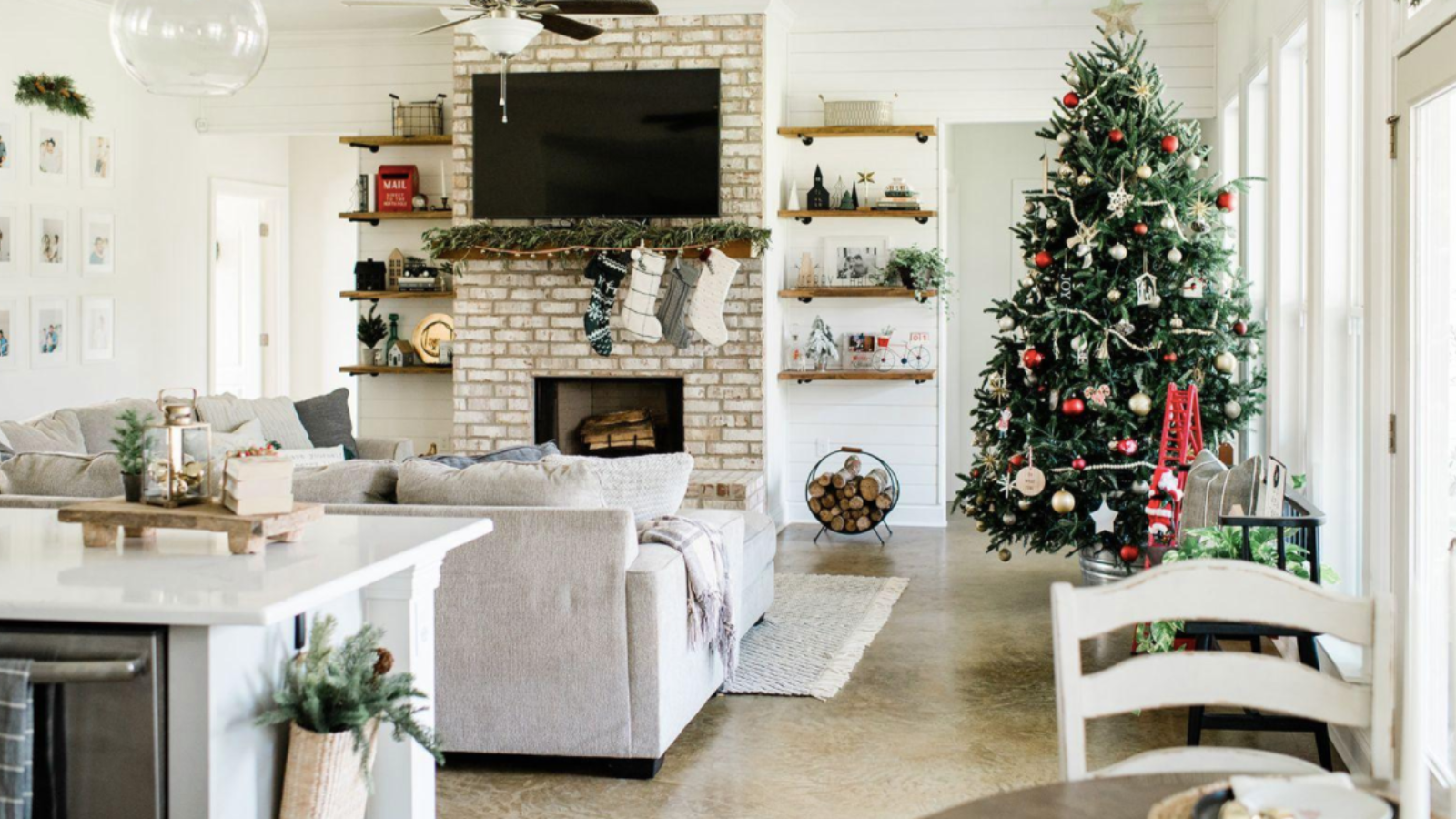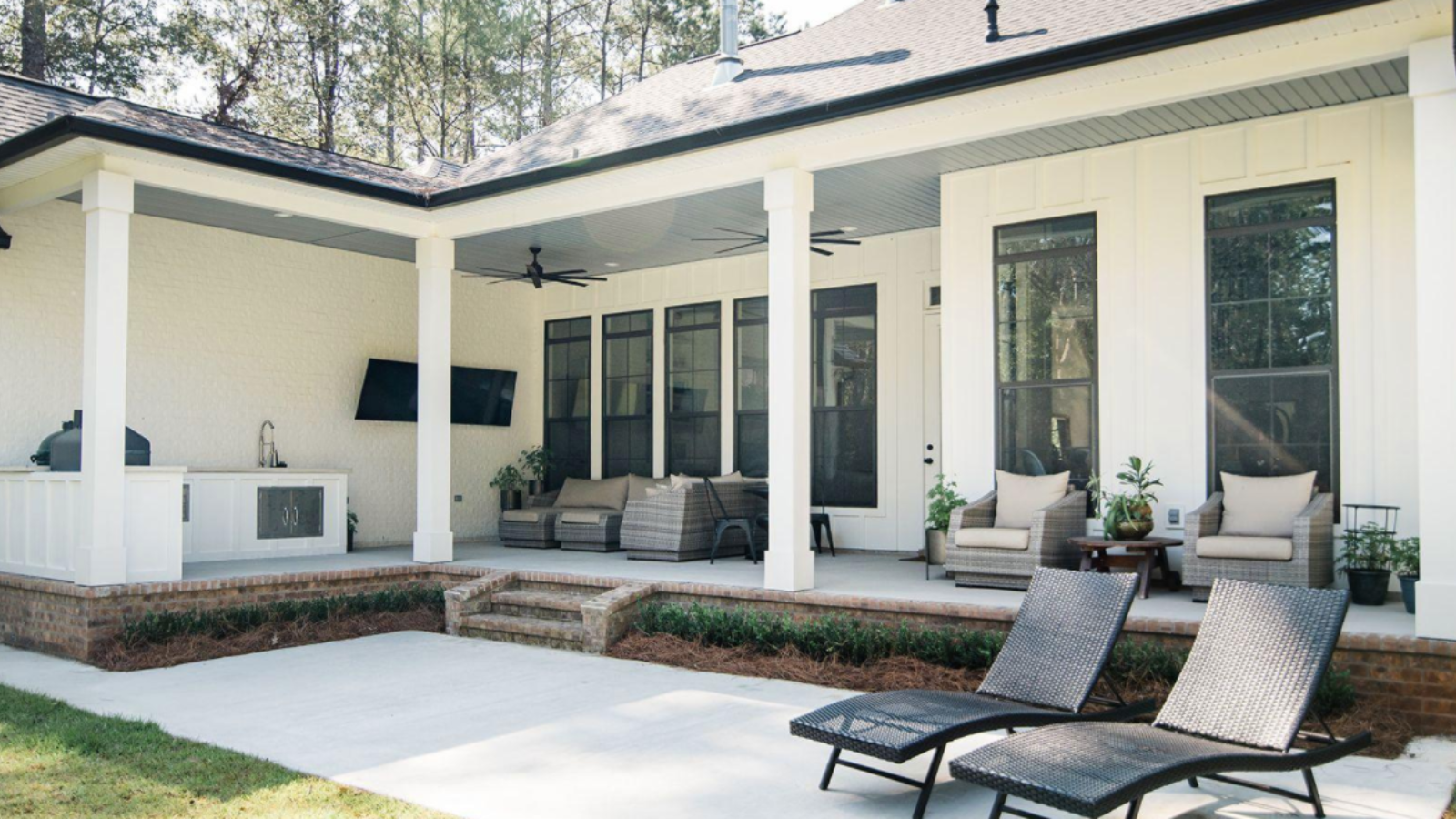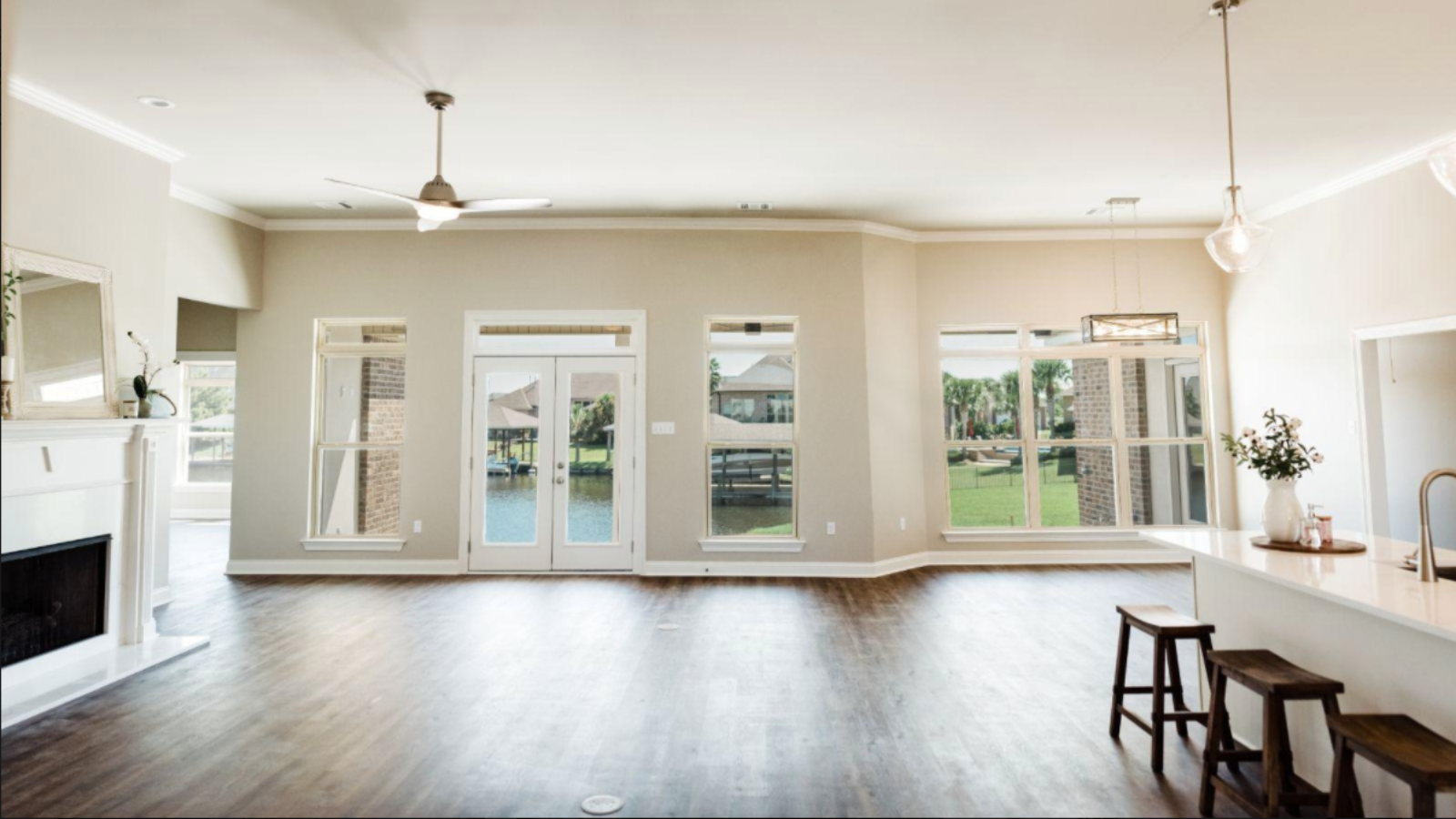News
Energy-Efficient Features to Consider for Your New Home
In today’s world, energy efficiency isn’t just a trend—it’s a necessity.
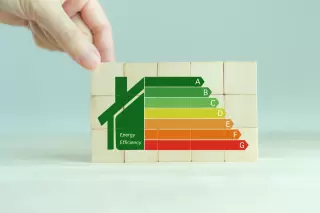
Building a Sustainable Future: The Key to an Energy-Efficient Home
Homebuyers are increasingly prioritizing energy-efficient homes that not only reduce environmental impact but also provide significant cost savings in the long run. If you’re considering building a new home, incorporating sustainable building features can improve comfort, lower utility bills, and boost your home’s resale value.
But where should you start? This guide explores the top eco-friendly home features that will make your new residence both sustainable and cost-effective.
Why Energy Efficiency Matters for Homebuyers
With rising energy costs and growing concerns about climate change, energy-efficient homes are in higher demand than ever. According to the U.S. Department of Energy, homes with sustainable features can reduce energy usage by 20-30%, translating into substantial savings on electricity and heating bills. Additionally, green homes tend to have higher property values and are more attractive to buyers looking for long-term savings.
Investing in an eco-friendly home isn’t just good for the environment—it’s a smart financial decision. From improved indoor air quality to increased durability, energy-efficient homes provide a range of benefits that homeowners can enjoy for years to come.
Essential Energy-Efficient Features for Your New Home
If you're planning to build or buy an energy-efficient home, here are some critical features to consider:
1. High-Performance Insulation
Proper insulation reduces heat loss in winter and keeps your home cooler in summer, lowering your energy consumption. Look for:
- Spray foam insulation for airtight sealing
- Reflective radiant barriers to reduce heat absorption
- Insulated concrete forms (ICFs) for superior thermal performance
2. Energy-Efficient Windows and Doors
Windows and doors play a crucial role in maintaining indoor temperatures. Opt for:
- Double or triple-pane windows with low-emissivity (Low-E) coatings
- Weather stripping to prevent air leaks
- Fiberglass or insulated steel doors for enhanced insulation
3. Solar Panels and Renewable Energy Systems
Harnessing solar energy is one of the most effective ways to cut electricity costs. Consider:
- Photovoltaic (PV) solar panels to generate your own electricity
- Solar water heaters to reduce heating expenses
- Wind or geothermal systems for additional sustainability
4. Smart Thermostats and Energy Management Systems
A smart thermostat can help optimize your home’s heating and cooling by learning your schedule and adjusting temperatures automatically. Popular options include:
- Nest Learning Thermostat
- Ecobee Smart Thermostat
- Honeywell Home T9
5. Energy-Efficient HVAC Systems
Heating and cooling account for nearly 50% of home energy use. Reduce costs with:
- High-SEER (Seasonal Energy Efficiency Ratio) HVAC systems
- Heat pumps for both heating and cooling efficiency
- Zoned heating and cooling to regulate different areas of your home
6. LED Lighting and Energy-Efficient Appliances
Lighting and appliances contribute significantly to energy bills. Upgrade to:
- ENERGY STAR-certified appliances
- LED or CFL lighting that uses up to 80% less energy
- Smart power strips to eliminate phantom energy consumption
7. Water-Efficient Fixtures
Save water and reduce energy needed for heating by installing:
- Low-flow faucets and showerheads
- Dual-flush toilets
- Tankless water heaters
Comparing Green Home Certifications
If you’re looking for a home that meets specific energy standards, consider these certifications:
| Certification | Description |
|---|---|
| ENERGY STAR | Homes meeting strict energy-efficiency guidelines set by the EPA |
| LEED (Leadership in Energy & Environmental Design) | Comprehensive green building certification covering energy, water, and materials efficiency |
| Passive House | Focuses on extreme energy efficiency with airtight construction |
| HERS Index (Home Energy Rating System) | A score-based system evaluating a home’s energy efficiency |
Overcoming Common Challenges in Building an Energy-Efficient Home
Q: Is building an energy-efficient home more expensive?
A: While upfront costs may be higher, the long-term savings on energy bills and maintenance make it a worthwhile investment.
Q: Do energy-efficient homes require more maintenance?
A: Not necessarily. Many eco-friendly homes are built with durable materials that require less upkeep than traditional homes.
Q: Can I retrofit an existing home to be more energy-efficient?
A: Absolutely! Upgrading insulation, installing smart thermostats, and switching to LED lighting are easy ways to enhance efficiency without a complete rebuild.
Ready to Build Your Dream Energy-Efficient Home?
Building a sustainable home requires careful planning, but the benefits—lower utility bills, improved comfort, and increased property value—make it a smart choice. At Cretin Townsend Homes, we specialize in energy-efficient homebuilding, ensuring that your dream home is as eco-friendly as it is beautiful.
📞 Contact us today to explore our sustainable homebuilding options.
🌱 Invest in the future—start building your energy-efficient home today!

